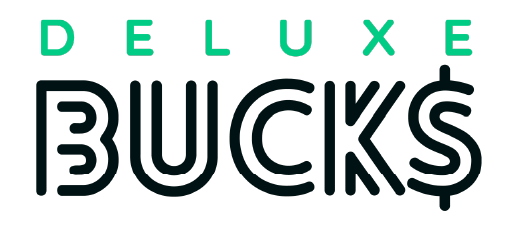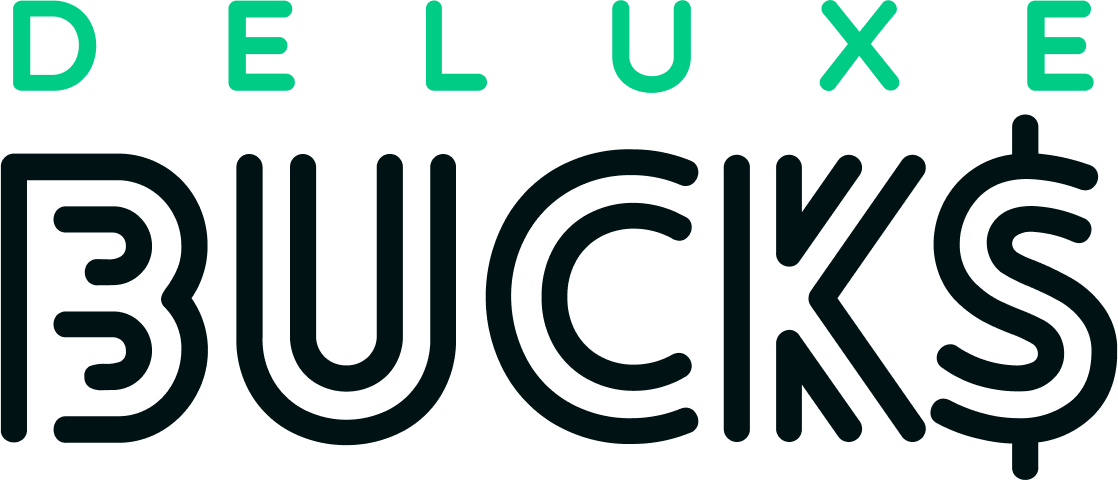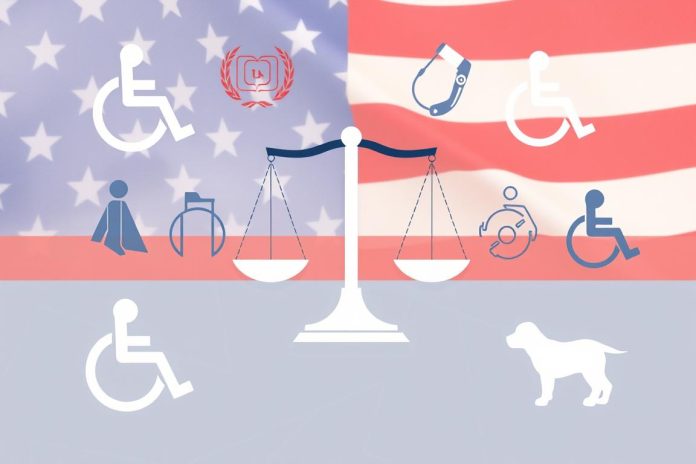Imagine getting up to $3,822 every month. This money can help a lot if you’re dealing with a tough health issue. Starting in 2024, the Social Security Disability Insurance (SSDI) in the U.S. is ready to help. It offers this max amount to those hit hard by serious health problems1. The average SSDI payment is about $1,537 monthly. This can really boost the life quality of someone with disabling health conditions1. Knowing the right health conditions that qualify can be your first step. It gets you closer to the financial security you deserve, especially when dealing with chronic or disabling conditions.
Don’t let the complex system discourage you. Learning how to apply for disability benefits can make things clearer. You’ll find that you might need around 40 work credits, or about 10 years of work, for SSDI. But if you’re younger and haven’t worked as much, you might still qualify with fewer credits, thanks to your shorter work history1. Paying Social Security taxes and fitting the strict disability criteria are crucial to qualify for SSDI. But don’t forget, the SSA provides online tools like a mySocialSecurity account. These tools help you keep track of your benefits now and in the future1.
Key Takeaways
- Discover how qualifying health conditions can secure up to $3,822 monthly through SSDI.
- Understand the necessity of work credits for SSDI eligibility.
- Learn the process of how to apply for disability benefits.
- Utilize SSA online tools to monitor and estimate your SSDI payments.
- Recognize the different qualifying health conditions for both physical and mental disabilities.
Understanding Disability Benefits Programs in the U.S.
In the U.S., disability benefits offer financial aid and healthcare to those with serious health issues. These programs help people with disabilities or chronic illnesses live with respect and stability.
Social Security Disability Insurance (SSDI) and Its Impact
The SSDI program is a key source of support, giving financial aid to those with qualifying disorders. This aid is based on what they previously paid into the Social Security fund. SSDI payments are determined by your average earnings over your lifetime. Sometimes, these benefits may increase due to cost-of-living adjustments2.
After two years of SSDI benefits, beneficiaries receive Medicare. This ensures they have vital health coverage in addition to money support2.
Supplemental Security Income (SSI) Explained
SSI focuses on helping those with little income or resources. It’s about giving support regardless of someone’s work history. SSI recipients get Medicaid too, helping with their basic costs and healthcare needs3.
This blend of financial and medical support is crucial for their day-to-day life and ongoing health care3.
Veterans Disability Benefits Overview
Disability benefits for veterans are meant for those who have served our country. The Veterans Affairs manages these benefits, providing support based on the injury’s severity from their service. This support honors their service and ensures they are not forgotten4.
The Essentials of Workers’ Compensation and Private Plans
Workers’ compensation helps those hurt at work, covering their healthcare and loss of income. At the same time, private disability plans are there for non-work-related injuries or illnesses. These two forms of aid create a safety net for workers, keeping them financially secure during tough times.
| Benefit Type | Source of Funding | Eligibility | Health Coverage |
|---|---|---|---|
| SSDI | Payroll taxes (FICA) | Work history and disability | Medicare after 24 months2 |
| SSI | General tax revenues | Limited income and resources | Medicaid3 |
| Veteran’s Benefits | Federal funding | Service-connected disability | VA health care4 |
| Workers’ Compensation | Employer-funded insurance | Work-related injury or illness | Varies by state |
| Private Plans | Private payment (individual or employer) | No specific disability requirements | Dependent on plan |
For more details on these benefits, check out the National Alliance on Mental Illness. They provide a thorough guide on SSDI and SSI benefits23.
Health Conditions for Disability Income
Looking to apply for disability income means knowing which health problems count. The Social Security Administration (SSA) has a guide called the Blue Book. It lists certain conditions that qualify you for help. This list covers many chronic diseases, from severe brain issues to muscle and bone problems5.

Starting your disability income journey involves checking the Blue Book. Not seeing your condition listed isn’t the end of the road. The SSA also considers other severe health issues. These issues must impact your daily life and work5.
To get these benefits, you must meet certain criteria. For Social Security Disability Insurance (SSDI), you need 40 credits. Twenty of these should come from your last 10 years of work. The Blue Book divides conditions into 14 sections. It includes diseases of the heart, lungs, immune system, and cancer5.
California workers might look at State Disability Insurance (SDI) for help. SDI provides short-term money while you’re sick. It doesn’t protect your job itself. But laws like the Family and Medical Leave Act can keep your job safe while you can’t work6.
Knowing your options is key if health problems disrupt work. You may directly qualify with a listed condition. Or, a compassionate allowance may speed up your application for severe illnesses. This knowledge is crucial for navigating disability benefits5.
If you’re a working adult with health issues, understand the complex steps. Remember, there’s a 5-month wait for SSDI and a 14-day processing for SDI claims. Planning ahead is vital for managing your finances and lowering stress in hard times76.
Finally, for those most at risk, such as kids with disabilities or surviving spouses, knowing how benefits can go further is very important. It ensures you or your loved ones are supported when dealing with serious health problems7.
Conclusion
Making sure your finances are secure often means knowing the help you can get, especially if health problems make work hard. When you apply for disability benefits, you must show medical proof that fits the Social Security’s strict rules. This highlights the need for careful planning and being well-informed. For example, the SSA lists exact medical needs for mental disorders in 11 categories. They check how severe your condition is and how it affects your day-to-day life8.
If you’re seeking disability income help, knowing what support you can get is vital. A successful claim can give you a lot of support. On average, disability income can be as high as $1,172 a month. That adds up to $14,064 a year, boosting both your wellbeing and financial health9. The SSA also keeps checking your case. They look at things like if your health gets better or if you can work again. This makes sure the right people get help10.
In your quest for disability benefits, remember SSDI and SSI programs are there to help financially. After a tough application process, these programs offer consistent money. This helps improve your life quality. Besides money, after two years on SSDI, you also get Medicare. These benefits greatly impact the lives of those who receive them9. By clearly showing how your illness impacts your work and daily life, you highlight the need for these funds. SSDI alone can give up to $3,822 a month, plus SSI and state aid can be life-changing9. To confidently go through this process, use reliable sources like the discussion by the National Center for Biotechnology Information as a guide8.
FAQ
What are some health conditions that qualify for disability income?
How do I apply for SSDI benefits, and what information do I need?
Can SSI benefits provide additional support if I’m already receiving SSDI?
Who is eligible for veterans disability benefits, and how are they different from SSDI?
How do workers’ compensation and private disability plans assist in the event of a work-related injury?
How do I know if I have a disability income qualifying disorder?
Is there assistance available when applying for disability benefits?
Source Links
- Navigating SSDI: A Step-by-Step Guide to Benefits – https://sslg.com/ssdi/
- Overview of our Disability Programs | The Red Book – https://www.ssa.gov/redbook/eng/overview-disability.htm
- Overview of Social Security Disability Programs: SSI and SSDI – https://soarworks.samhsa.gov/article/overview-of-social-security-disability-programs-ssi-and-ssdi
- Disability Benefits – EN-05-10029 – https://www.ssa.gov/pubs/EN-05-10029.pdf
- What Automatically Qualifies You for Disability Benefits – https://www.aarp.org/retirement/social-security/questions-answers/medical-conditions.html
- Disability Insurance Benefits – https://edd.ca.gov/en/disability/disability_insurance
- How Does Someone Become Eligible? | Disability Benefits – https://www.ssa.gov/benefits/disability/qualify.html
- 12.00-Mental Disorders-Adult – https://www.ssa.gov/disability/professionals/bluebook/12.00-MentalDisorders-Adult.htm
- What is Social Security Disability Insurance? – – https://www.nasi.org/learn/social-security/what-is-social-security-disability-insurance/
- Code of Federal Regulations § 404.1594 – https://www.ssa.gov/OP_Home/cfr20/404/404-1594.htm


